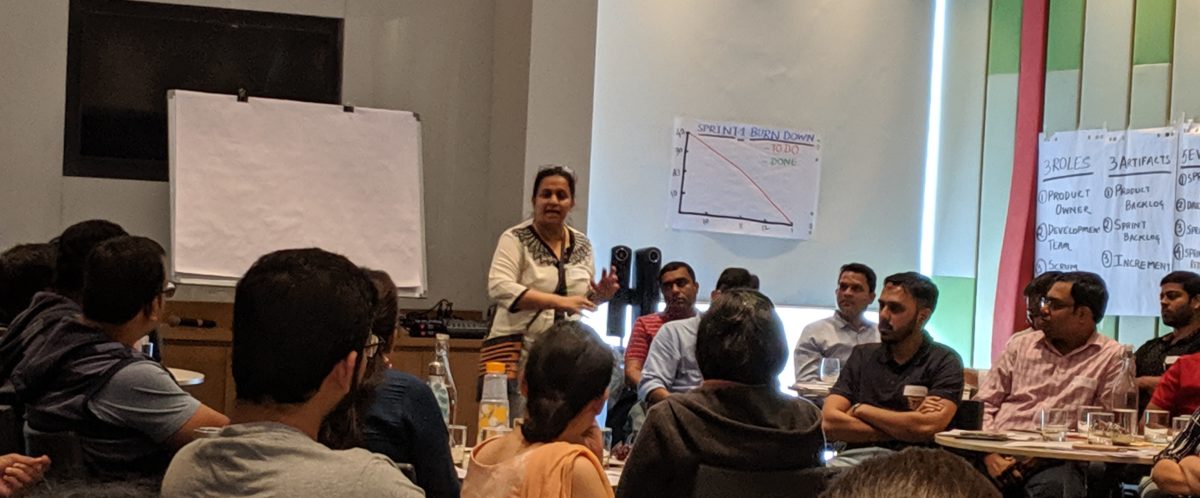We all know, Agile transformations can be incredibly painful…. In this article I want to explore why organisations are taking that pain. What are the benefits that organisations get by going agile?
Ask any organisation newly starting their agile journey, and they will say they expect time to market & cost to improve. In reality, the project duration of an increases because of the constant changes. Similarly execution cost is not always lowest agile, constant inspection and adaptation does have an overhead associated with it. Then what then are the benefits actually obtained by going agile?
Let us take a look at the some findings from 13th version one survey . This survey polled multiple stakeholders across geography, project type and associate seniority.
We can see from the image above that, nearly 70% people find that rather than cost or time ti market, agile is helping them manage the changing priorities. In my eyes, this is the greatest advantage of agile bring to the table. Priorities are handled efficiently. The end users receive the features they want at a faster rate. This gives the feeling that time-to-market has improved.
Similarly, an Agile project encourages user requested features rather than the plan driven features. Because of this the team develops features that the users want.
Most organizations transitioning to agile see Improved quality. By definition an iterative process lends itself to better quality. More ever agile puts the focus of quality where it belongs – on the development team. This ensures that sub quality deliverable does not escape.
Better quality coupled with getting the features that the actually want leads to better end user satisfaction and indeed we should be the most important success criteria for any project!
Agile brings predictability. Management is usually happeist with this one key benefit. Delivery in a Cadence helps the management to know when the next feature is being rolled out. With prioritized execution, management can be sure that at any given point for a given cost the most important features would be implemented.
Last but not least, agile helps with employee morale and job satisfaction. Ajay sports the development team in control of how the development is being done. This means employees now have the ability to self organise , they are empowered to take decisions and have more control over their working life. This increased control along with the emphasis paid on sustainable development mean that employees are now more engaged and more happy. Lofty goal for any organisation.
